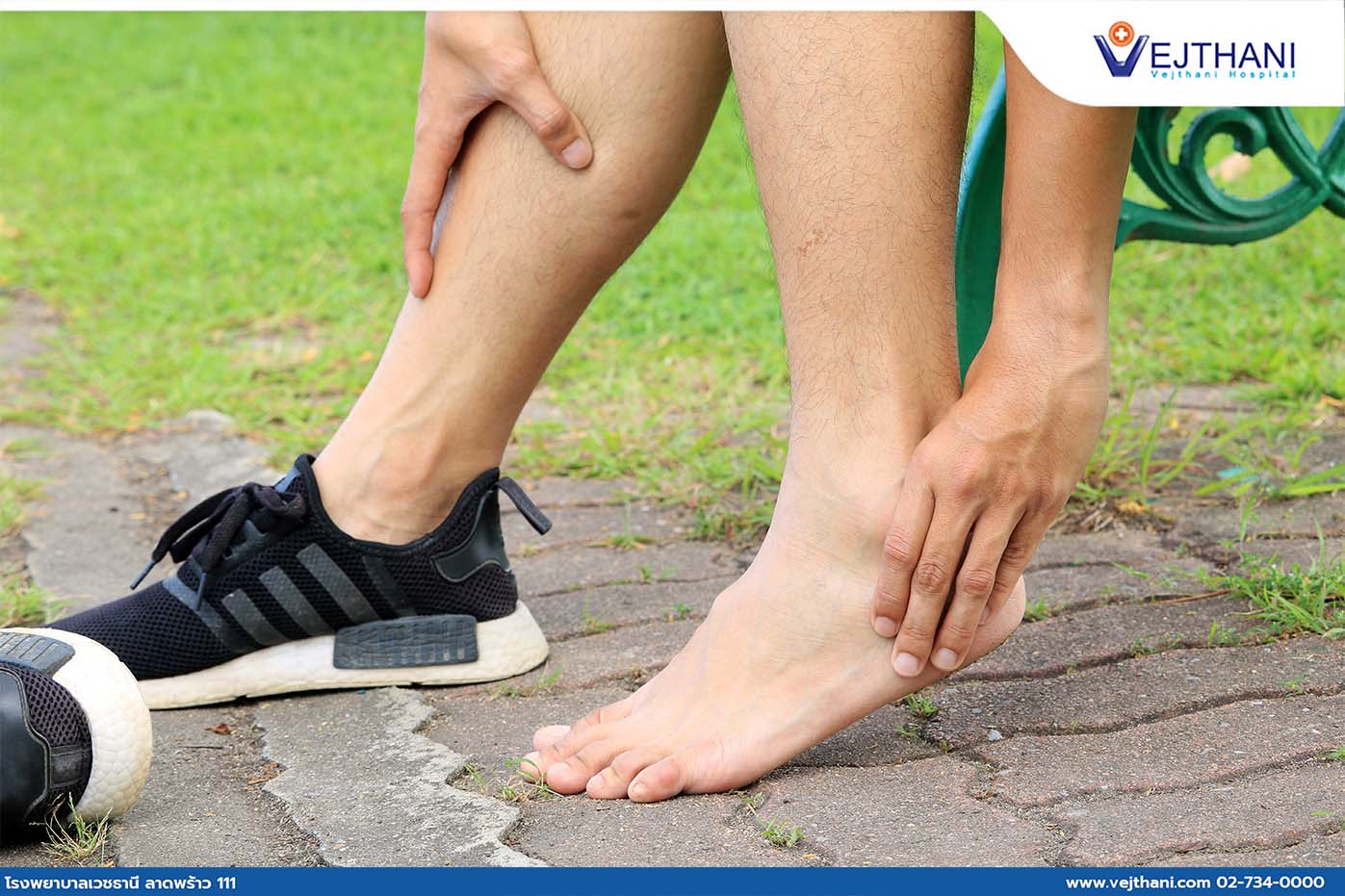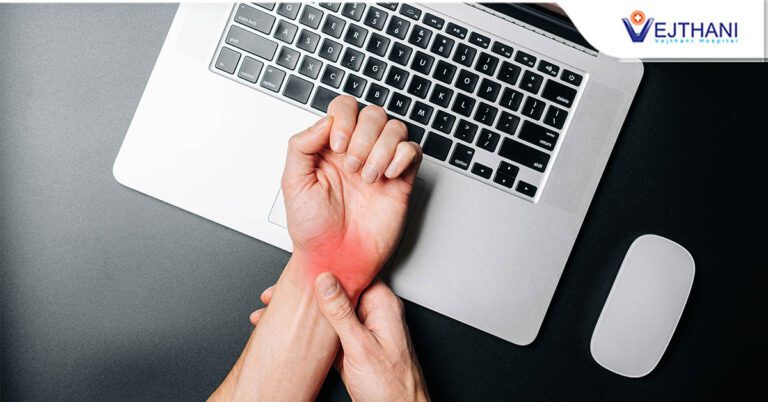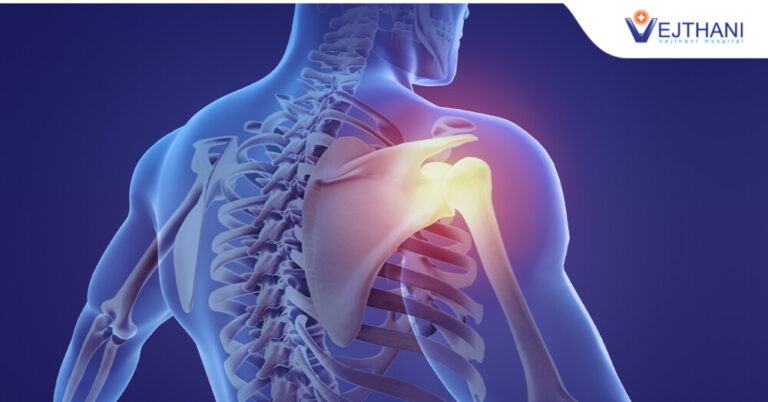

Have you experienced ankle pain when walking, running, standing for a long period, or when exercising? These are the warning signs of Achilles tendinitis, a condition commonly seen in athletes and people in general. If left untreated, Achilles tendinitis may rupture the tendon and affect movement in daily life.
The Achilles tendon is the largest tendon in the body that connects the calf muscles to the heel bone, enabling efficient walking, running, and jumping. If the tendon is damaged or stiff, it can easily become inflamed.
Common Achilles tendinitis symptoms include pain around the heel, especially when moving, such as standing, walking, running, and jumping. Other symptoms may include severe pain after exercise, swelling and warmth in the heel, and increased tightness in the calf muscles. Due to muscle tension, the calf may feel firm. Additionally, there may be a limited range of motion when flexing the ankle.
Achilles tendinitis is often caused by overuse, including prolonged standing, excessive walking, or repetitive movements during exercise and sports such as basketball, football, and badminton. Wearing high heels, ill-fitting shoes, or shoes with worn-out soles can also increase the risk. Moreover, age-related degeneration and obesity can also be contributing factors.
The diagnosis typically begins with a medical history review, physical examination, and imaging studies such as X-rays or MRI scans. These tests identify abnormalities in the Achilles tendon, tissue degeneration, and any irregularities in the heel bone, helping with accurate diagnosis and effective treatment.
Achilles tendinitis can be treated with various methods depending on the severity of the condition, as follows:
- During acute inflammation and swelling, symptoms can be relieved by resting the ankle, applying cold compresses, wrapping the ankle with a bandage, and elevating the legs. In some cases, an ankle brace or heel cup may be necessary to assist with weight-bearing or walking.
- Nonsteroidal anti-inflammatory drugs (NSAIDs) such as ibuprofen and naproxen can be used to reduce pain and inflammation.
- Physical therapy is a treatment involving exercises to improve the flexibility and strength of the inflamed Achilles tendon. Medical devices such as shoe inserts or heel cups may also be used to support tendon function.
If the condition doesn’t improve with the treatments and the Achilles tendon becomes severely inflamed or ruptured, surgery may be recommended to repair the damaged tendon. The damaged part of the tendon will be removed, and the tendon will be repaired at the heel bone, reducing pain from the deteriorated tendon.
To prevent Achilles tendinitis, it is essential to stretch muscles and tendons before exercising, select shoes with good heel cushioning, gradually reduce heel height if wearing high heels, and maintain a healthy weight to reduce stress on the Achilles tendon.
For more information, please contact
Orthopedics Center, Vejthani Hospital
Call: (+66)2-734-0000 Ext. 2298
English Hotline: (+66)85-223-8888
- Readers Rating
- Rated 5 stars
5 / 5 ( Reviewers) - Spectacular
- Your Rating




























